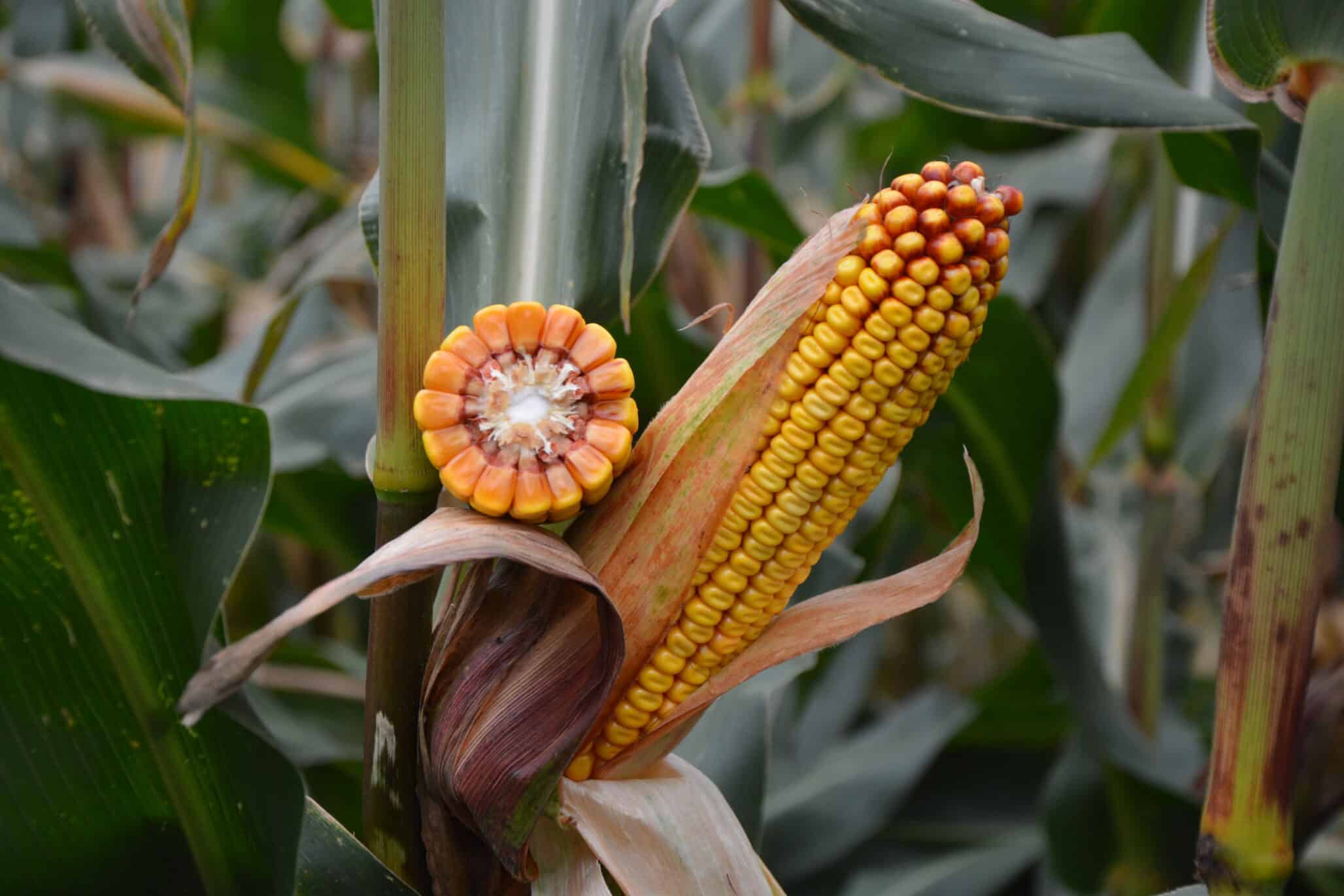For quite a long time, one of our ancestor companies Euralis, was present in the North American market. And at that time, we even had a subsidiary in U.S. But that business model was not the best fit, and we stopped with that approach a while ago. We are now present in this important seed market through a different model, which is licensing. We license some of our germplasm to seed foundations. For this licensing model, we decided not to include all the value chain. We let our local seed partner produce their own seeds and we collect royalties from those sales.
As a seed company, we are a strong European seed company, and we breed for a European maturity range. We have excellent germplasm in the early temperate maturity range, and so, obviously for the Northern American market, we focus on the same early temperate maturity range. This provides a very significant part of the total market, and this is where we see our biggest opportunities.
In terms of crops, we focus mainly on corn, but also on soybean, on sunflower and sorghum.
Of course, we need to make sure that the germplasm is a good fit with the environment and is adapted to its new growing conditions. So, we are screening our varieties intensively for their adaptation. With corn we are lucky, as you could say it is in a way a ‘magical crop’. Sometimes, we have to combine some germplasm, but overall, I’m happy to say that our corn varieties are doing very well on the other side of the Atlantic. We have a good performing germplasm, with good yields and diseases profile. Regarding to the other crops, we are working hard to get our germplasm in shape to enter the Northern American market.
Apart from the genetic component, it is of course also important to stay in touch with what the U.S. customers want. I have to say that we are quite distant from the market, and this is why we developed this licensing strategy. And to stay in touch with the market, we participate to all the major seed events on the Northern American continent and maintain excellent relationships with our seed producers over there.
Despite the presence of some of the major seed companies in the world, we do feel that we have a competitive advantage compared to U.S. seed producers. The Northern American market is quite concentrated, and a large portion is in the hands of only a few players. So, our partners in the U.S. are looking to diversify their business. We see this confirmed, because each time you bring new, high performing germplasm, irrespective of the maturity range, the market accepts it very well. We look forward to further expanding our North American activities.








